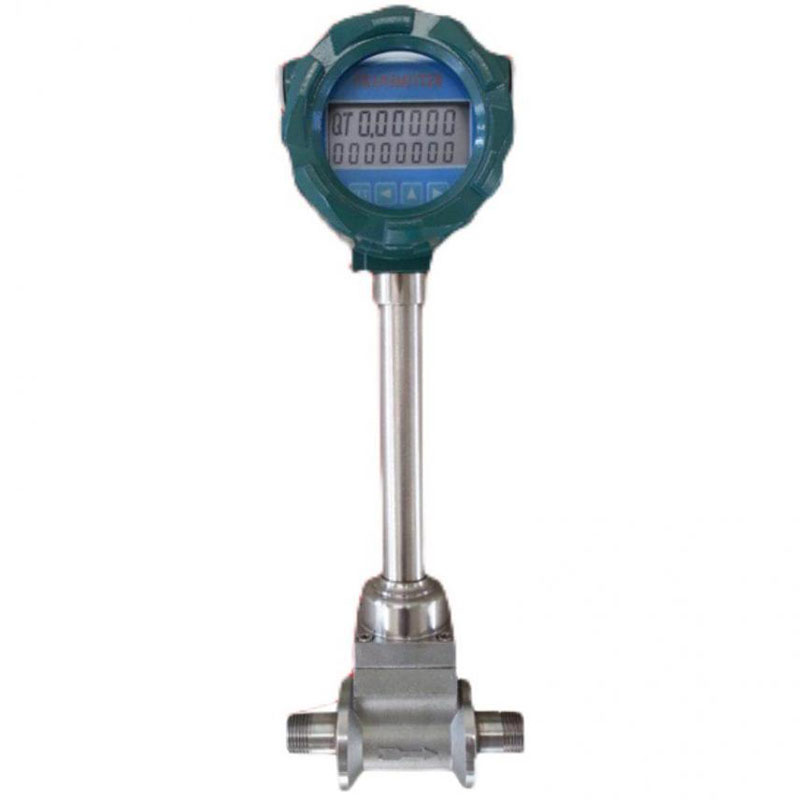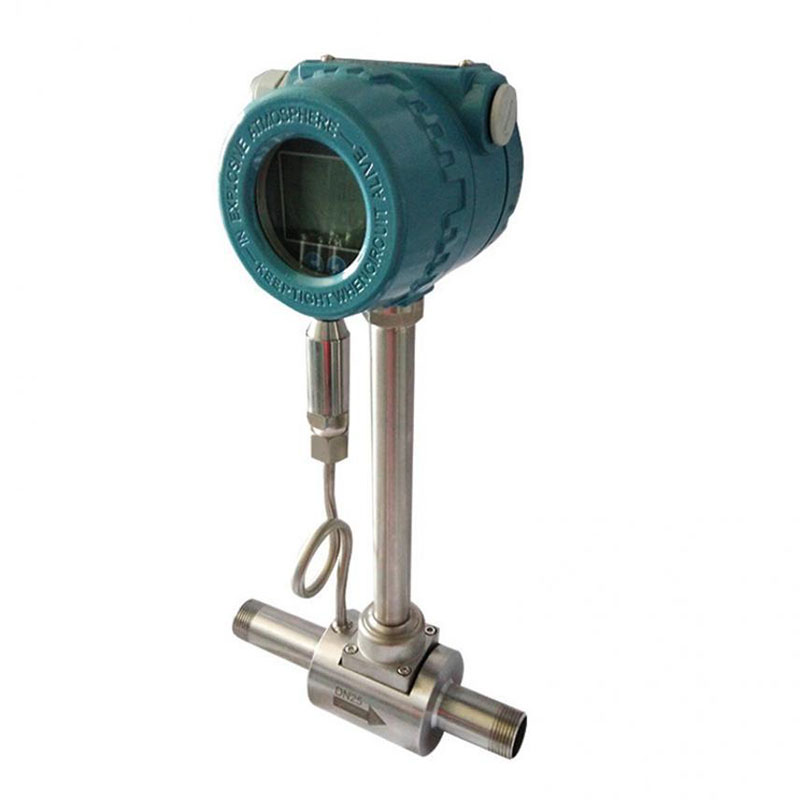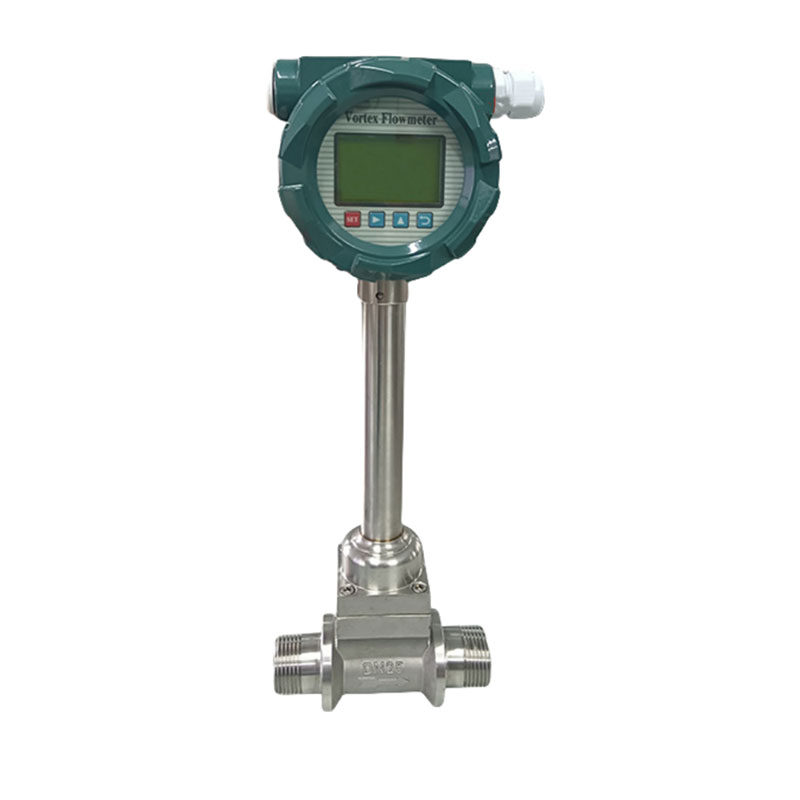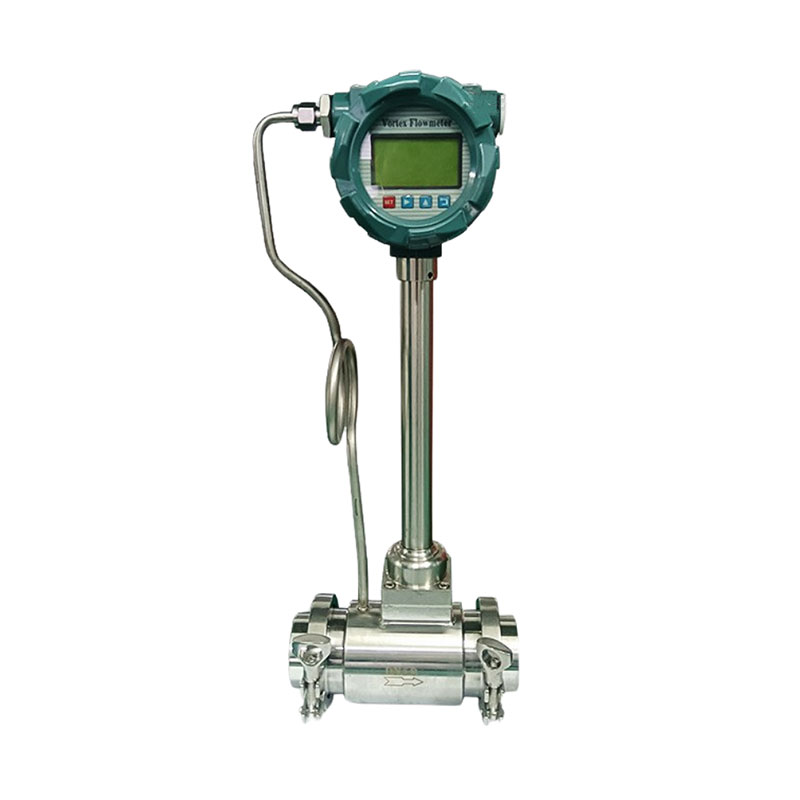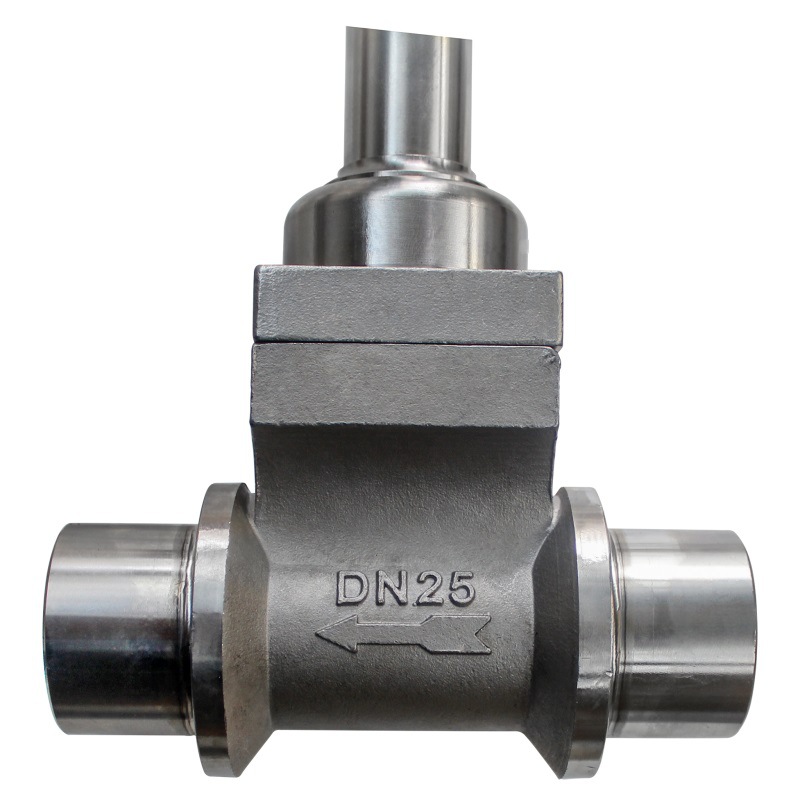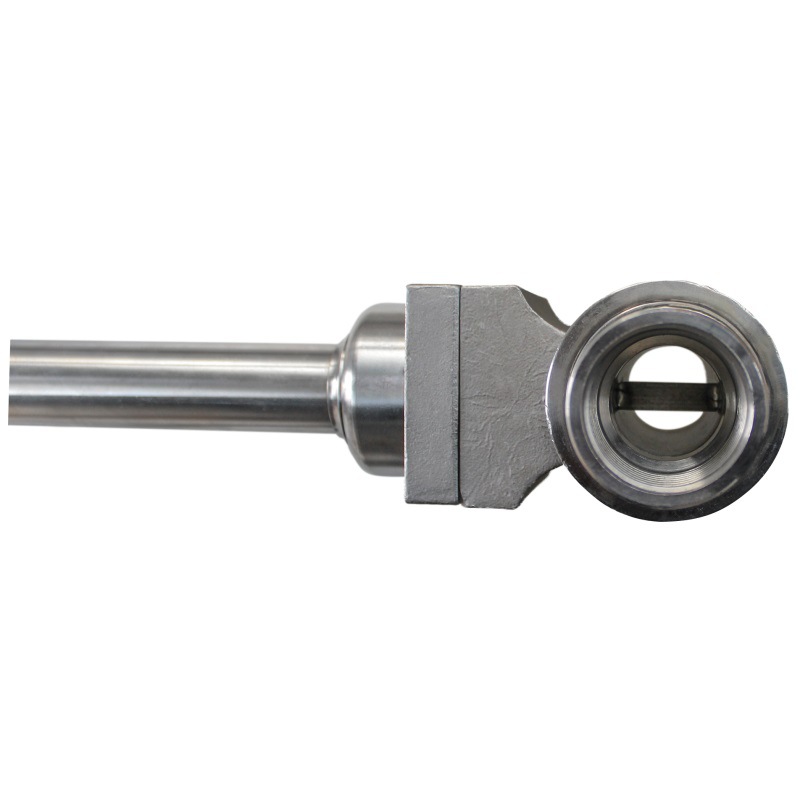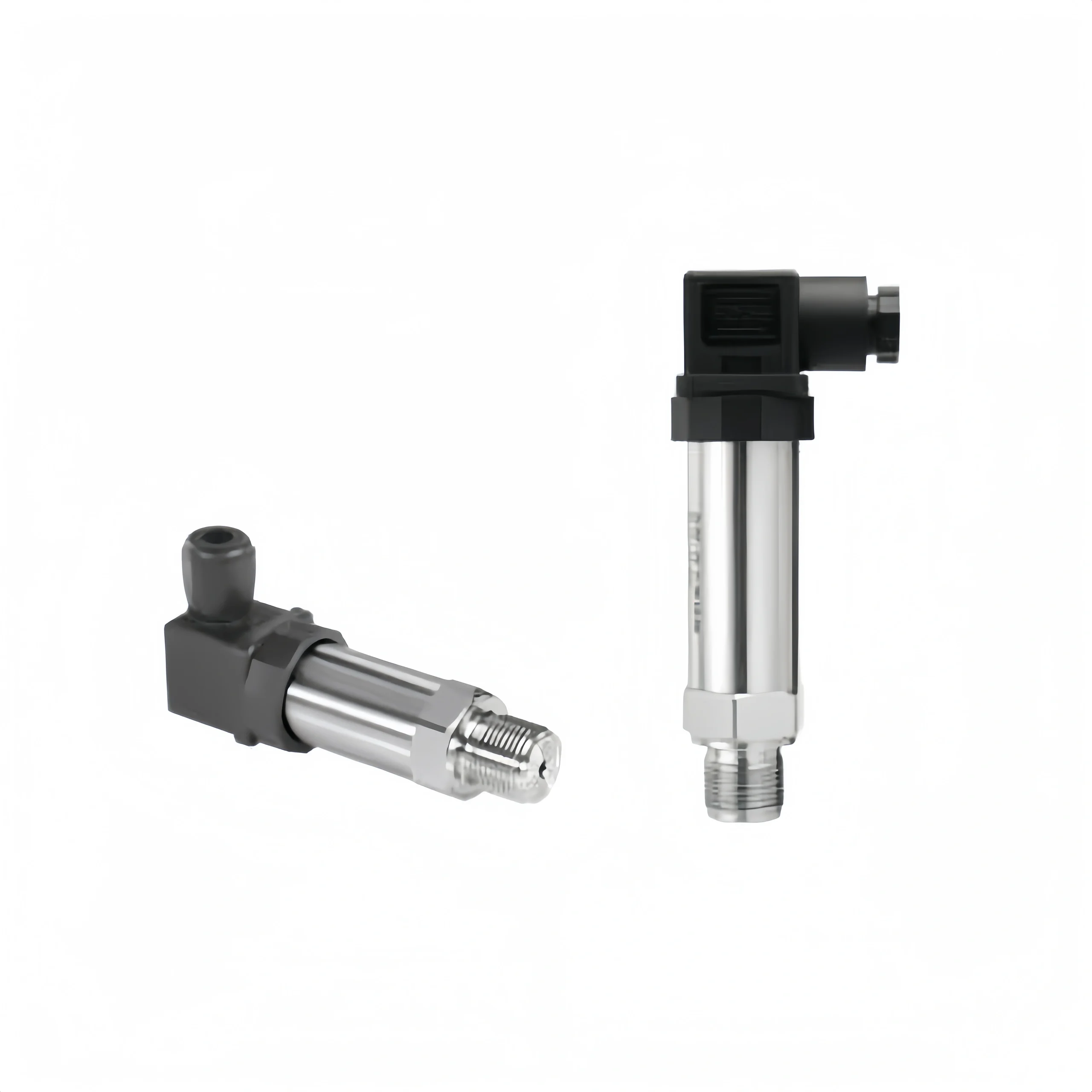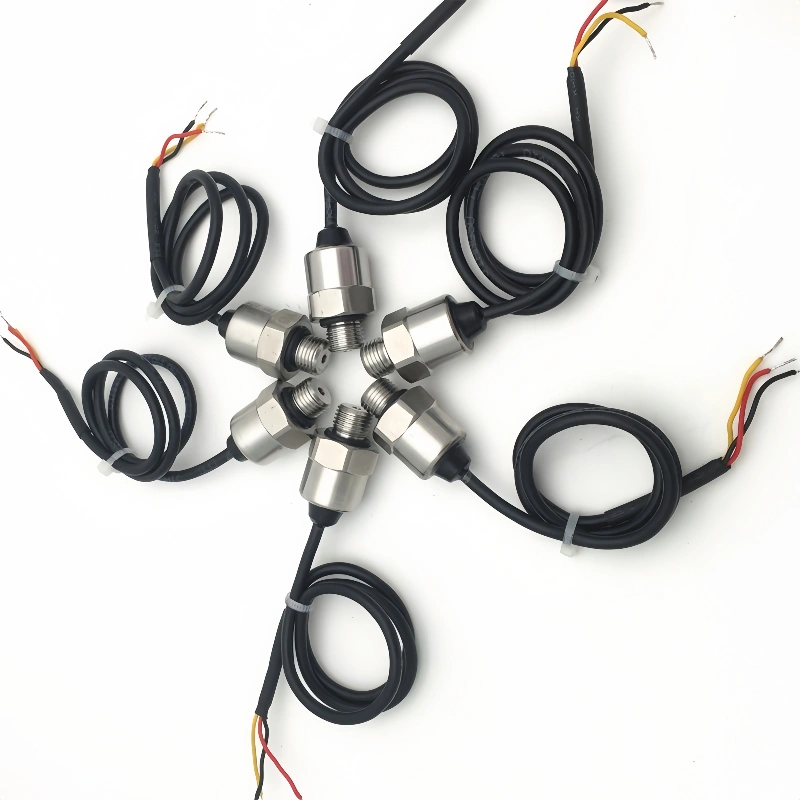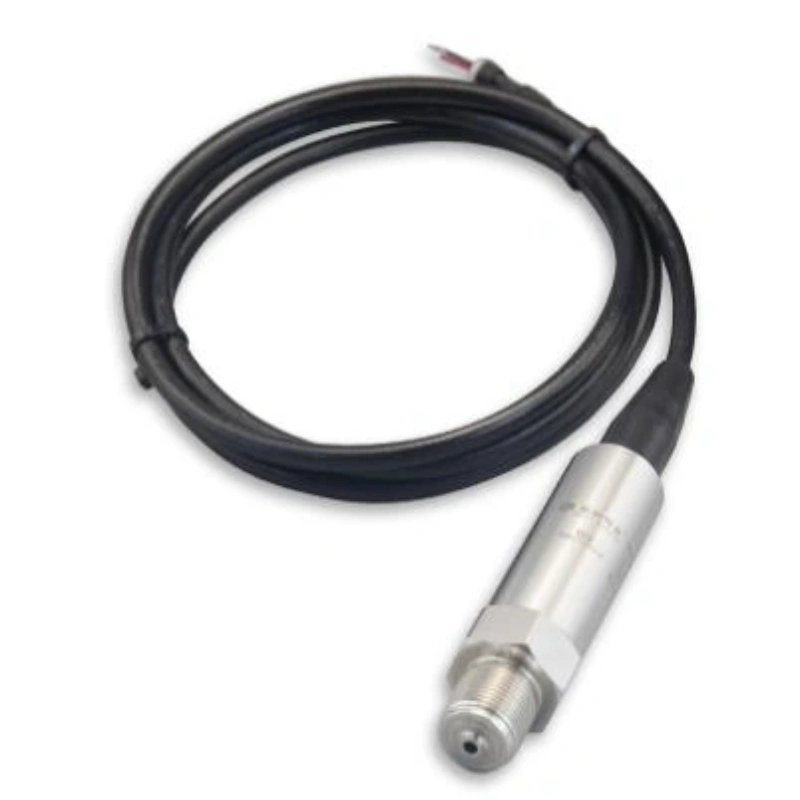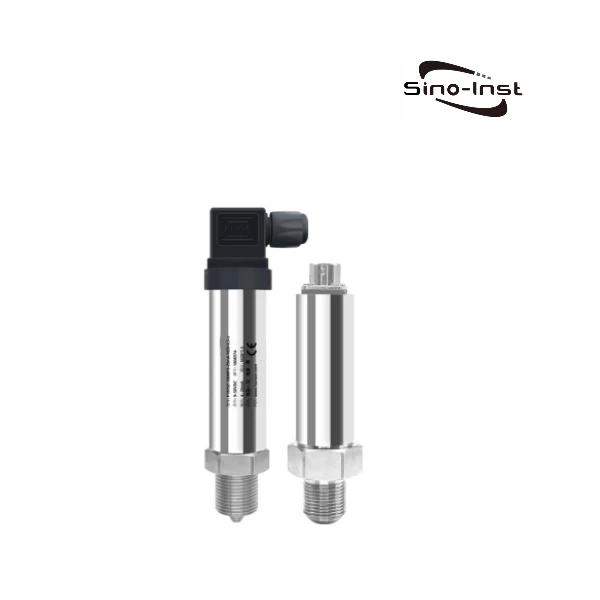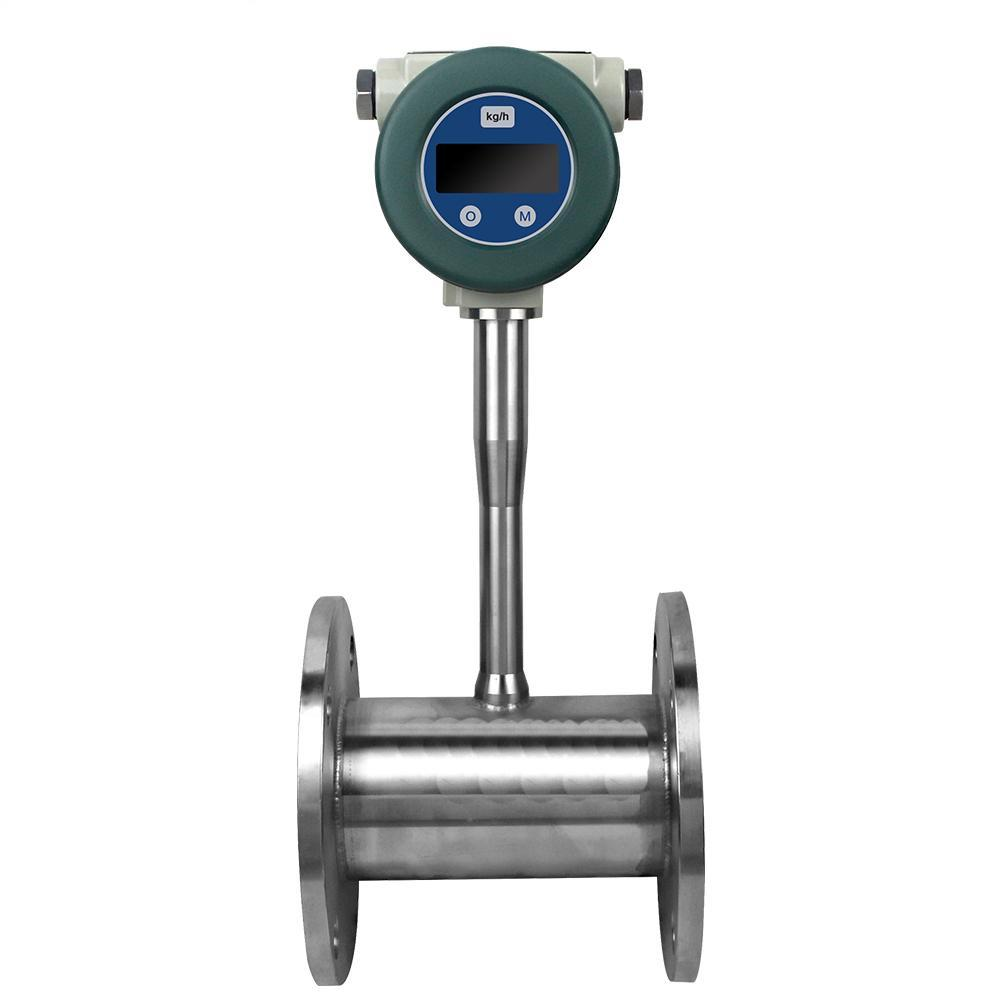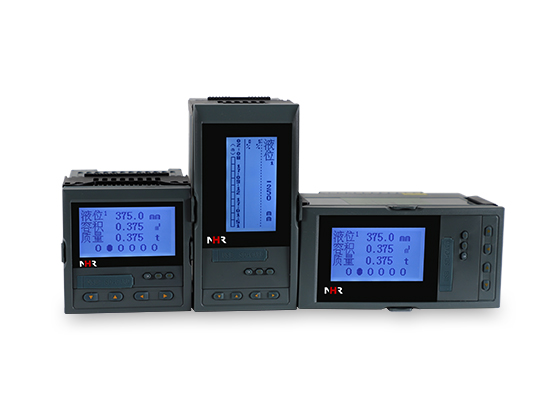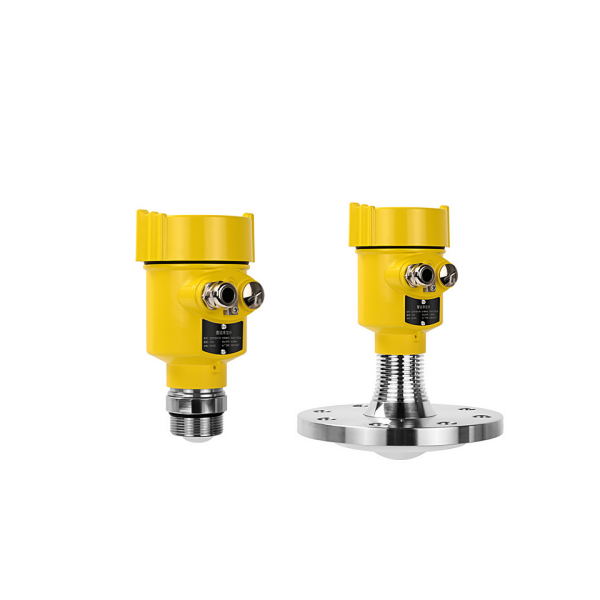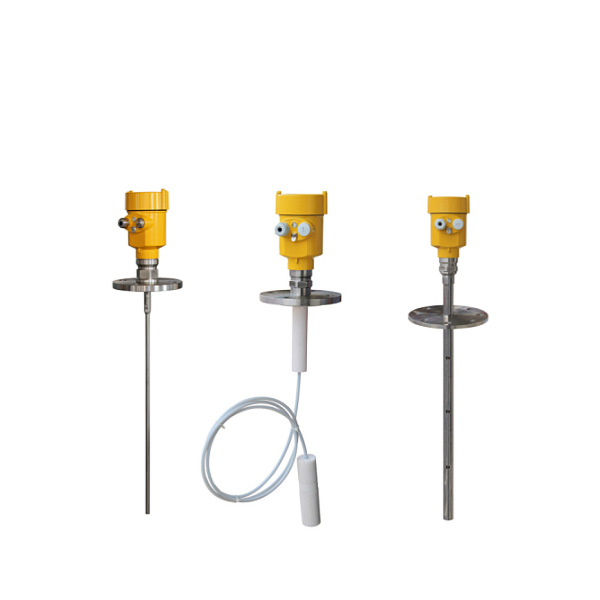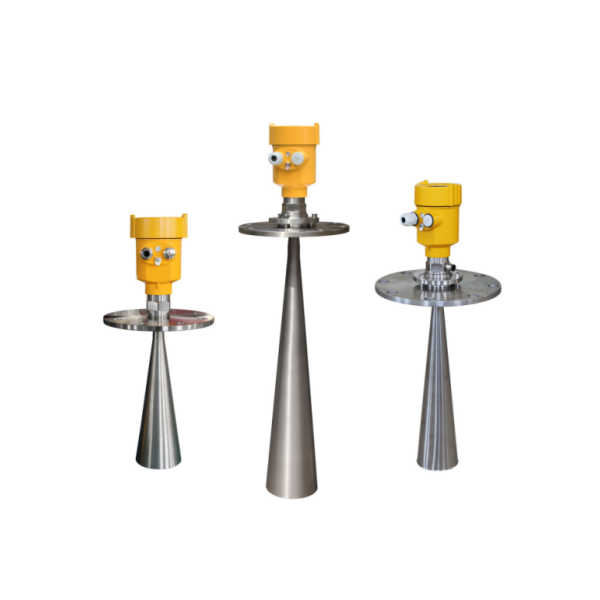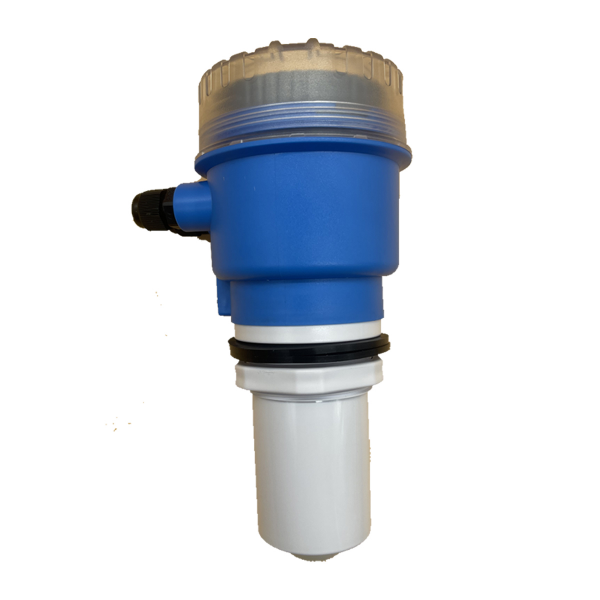Vortex Flow Meter Upstream and Downstream Requirements
Vortex flowmeters have certain requirements for the upstream and downstream straight pipe sections of the installation point. Otherwise, it will affect the smoothness of the medium in the pipeline and affect the measurement accuracy of the instrument.
The length requirements of the upstream and downstream straight pipe sections of the instrument are as follows:
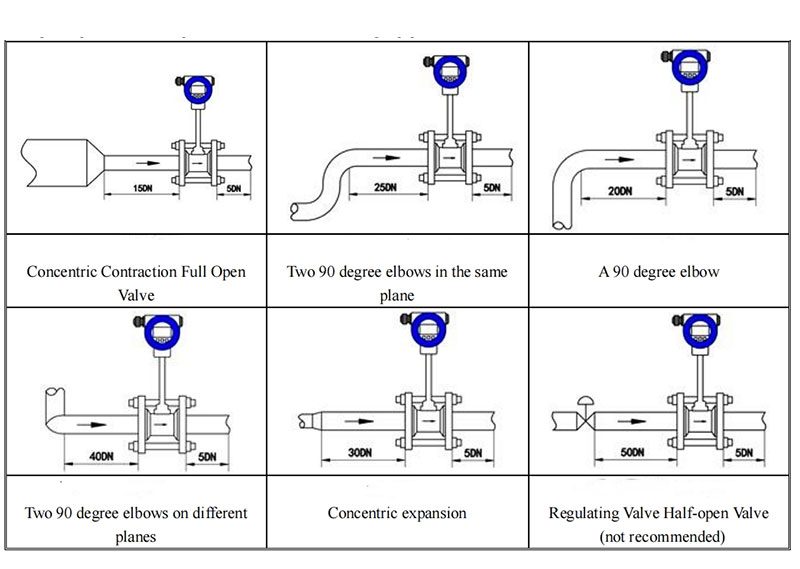
Concentric contraction fully open valve, the length of the upstream straight pipe section is ≥15DN, and the length of the downstream straight pipe section is ≥5DN;
Two 90° elbows on the same plane, the length of the upstream straight pipe section is ≥25DN, and the length of the downstream straight pipe section is ≥5DN;
A 90° elbow, the length of the upstream straight pipe section is ≥20DN, and the length of the downstream straight pipe section is ≥5DN;
Two 90° elbows in different planes, the length of the upstream straight pipe section is ≥40DN, and the length of the downstream straight pipe section is ≥5DN;
Concentric pipe expansion, the length of the upstream straight pipe section is ≥30DN, and the length of the downstream straight pipe section is ≥5DN;
The regulating valve is a half-open valve, the length of the upstream straight pipe section is ≥50DN, and the length of the downstream straight pipe section is ≥5DN;
1. The regulating valve should not be installed upstream of the vortex flowmeter as much as possible. It should be installed 10D downstream of the vortex flowmeter.
2. The inner diameter of the upstream and downstream piping should be the same. If there is a difference, the inner diameter Dp of the piping and the inner diameter Db of the vortex flowmeter should satisfy the following relationship: 0.98Db≤Dp≤1.05Db. The upstream and downstream piping should be concentric with the inner diameter of the flowmeter. The non-axiality between them should be less than 0.05Db.
3. The gasket between the instrument and the flange cannot protrude into the pipe during installation. Its inner diameter should be 1~2mm larger than the inner diameter of the watch.
4. When measuring high-temperature and low-temperature media, attention should be paid to thermal insulation measures. The high temperature inside the converter should generally not exceed 55°C. Low temperatures can easily cause condensation inside the converter. Reduce the insulation resistance of the printed circuit board and affect the normal operation of the instrument.
5. The instrument can be installed horizontally, vertically or tilted on the pipeline.

